Asia Nuclear Reactors Face Tsunami Risk
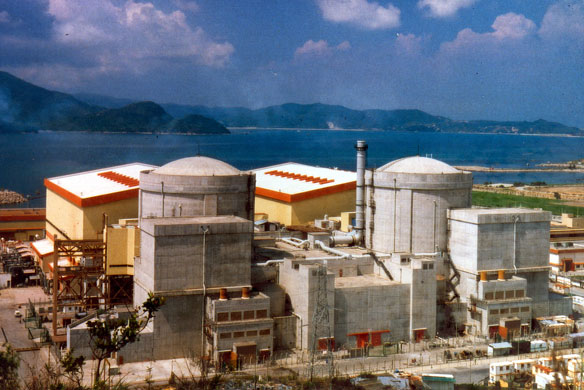
Asia, the world’s most seismically charged region, is undergoing a nuclear renaissance as it struggles to harness enough power for its huge populations and booming economies. The skeleton of what will soon be one of the world’s biggest nuclear plants is slowly taking shape along China’s southeastern coast, right on the doorstep of Hong Kong’s bustling metropolis. Like Japan’s Dai-ichi plant they lie within a few hundred miles of the type of fault known to unleash the largest tsunami-spawning earthquakes.
Tristan da Cunha islanders rescue penguins threatened by oil slick

One of the world’s most dramatic wildlife rescues is coming to a successful conclusion on Tristan da Cunha in the South Atlantic. A small, remote coastal community has worked together to save 4,000 endangered oil-covered northern rockhopper penguins, after the freighter MV Oliva ran aground, spilling thick oil.
Radioactivity Rises Again In Sea off Japan Nuclear Plant

Levels of radioactivity have risen sharply in seawater near a tsunami-crippled nuclear plant in northern Japan, signaling the possibility of new leaks at the facility, the government said Saturday.
A line in the Sand: Rebuilding Stradbroke Island After Sand Mining
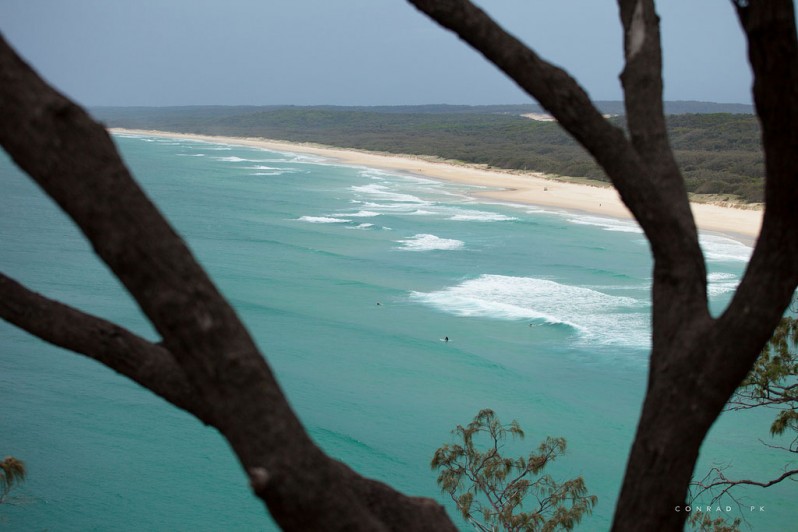
A line in the sand, that’s what the Queensland State Government is calling its decision to end sand mining on Stradbroke Island in eight years time. An ABC News video, depicting the dilemmas of a sustainable environment and a sustainable economy.
Emails Expose BP’s Attempts to Control Research Into Impact of Gulf Oil Spill
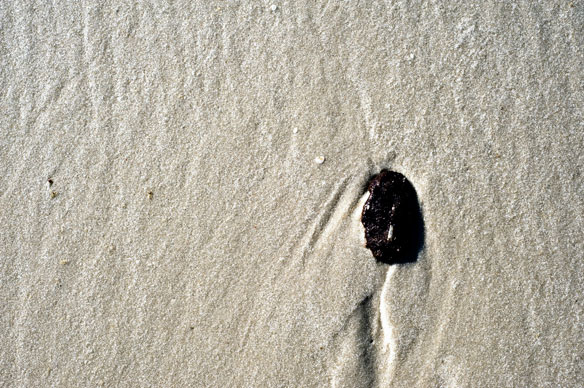
With the first anniversary of the onset of the BP oil spill coming up next week, documents obtained under the Freedom of Information Act, show BP officials discussing how to influence the work of scientists, in order to minimize the scale of the spill’s destruction in the public mind.
Indonesian wins international prize for river clean-up

A biologist who enlisted schoolchildren in his fight to clean up an Indonesian river that led to an international prize said he hoped young people will do more for the environment.
Bioengineering Uses Vetiver Grass to Save Coral Reefs Near Guam
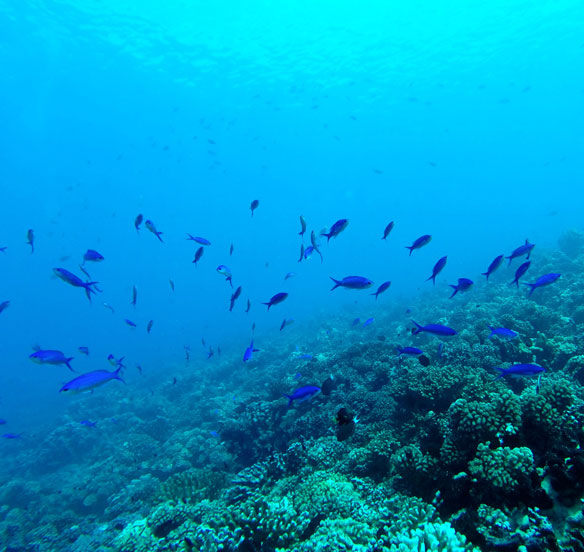
The vetiver grass system is a unique, economical and effective bioengineering technology for protecting coral reefs. It is also expected that these vetiver hedges may even be able to protect the beach area against tidal surge once their root systems are well established.
Adelaide Sinks Off Avoca Beach, Australia
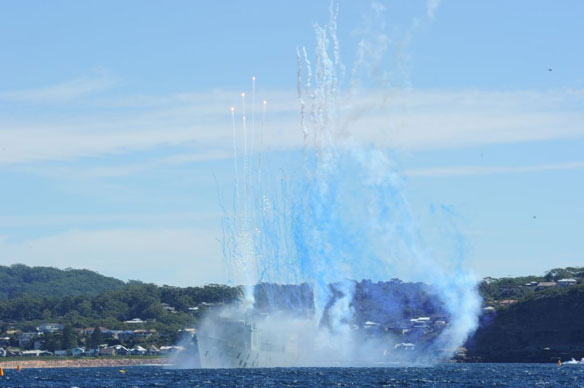
After a year of rolling legal action, the scuttling of HMAS Adelaide off Avoca Beach on the NSW central coast was allowed, and the decommissioned warship will become a scuba diving attraction by month’s end. Environmentalists fears lead paint on the Adelaide is a health risk and that the wreck will cause beach erosion and ruin the surf.
New Rights Challenge to Belo Monte Dam in Brazil
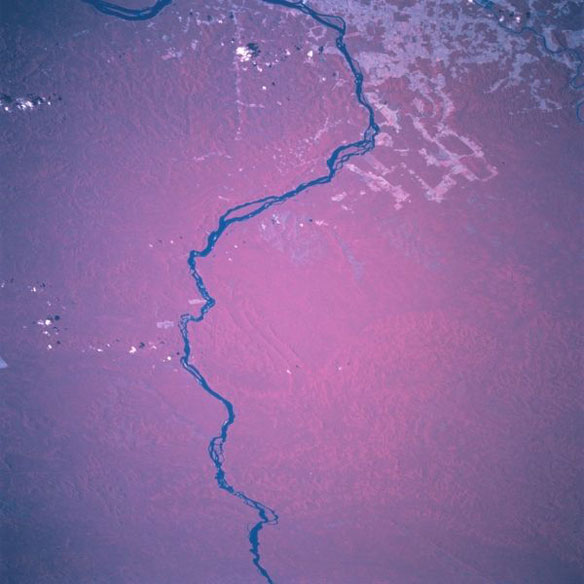
A group of independent Brazilian scientists, who recently studied the environmental impact report, concluded that the project was not viable. The Xingú river basin is home to four times more biodiversity that the whole of Europe.
